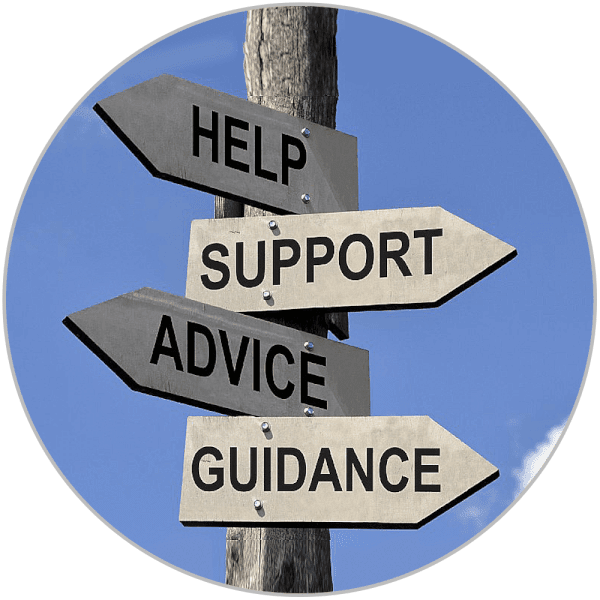By: Maddie Price
The Issue
Social assistance and social services are an integral part of supporting vulnerable members of our community. The current method of distribution for payments for people on social assistance is a once monthly payment. There are many issues with these services, including the schedule of payment distribution which causes issues for both the service users and the social services that support them and their needs.
This issue is exacerbated for people who use drugs (PWUD). During the weeks following payments social services, and health services become overwhelmed as overdoses increase by 40%, and emergency room visits drastically increase. This puts a strain on social services and its providers as every month there is a surge of need for these services.

(Opioid Use disorders, John Hopkins Medicine; n.d.)
Barriers Matter
A recent study in British Columbia, found that the twice-monthly payments caused an increase in the use of psychological and legal social services. Although some new problems did arise such as more barriers to accessing those social services likely because the availability of those services is not aligned and unbalanced as services are catered to the current once monthly payment system.
With the current system social services put more resources to just after payment weeks as the once monthly creates these service demand spikes. Which leads to a lack of services provided for the rest of the month. People on the twice monthly payment schedule then find it harder to access these services because when they get social assistance does not line up for when the most assistance is provided. These different payment schedules also led people to feel more isolated from their community supporters that were not on the same payment system.

The top challenge site by participants on the twice monthly system included:
- Operational issues 35.2% faced system issues (e.g., wait times, limited hours)
- Struggling with personal obstacles 20.6% (e.g., forgetting appointments)
- Experiencing stigma or discrimination 15.6% .
These barriers that hurt clients and erode the effectiveness of the entire system.
(Ontario Works, Holistic Medical Center; n.d.)
The Solution
The study research highlights that income assistance reform is not just about payment timing, It is about defining a strategy for how services are delivered to meet evolving needs. Here’s why it matters:
Currently, demand spikes after income payments. Spreading out the payments will require service delivery to be adjusted to support changes in demand. This will allow services to become more predictable and support better resource planning. It could also reduce staff fatigue and improve the client experience.
Although adjusting payment schedules alone will not remove all the barriers. Providers must reduce barriers through expanded hours, drop-in services, and trauma-informed care.
The Police chief in Victoria BC, pushed for staggered payments and even suggested weekly payments for some people on social assistance as the monthly system puts too much pressure on health services and the workers themselves.

No single organization can tackle these challenges alone. By fostering collaboration across agencies communication can be improved. This is essential to ensure clients receive seamless, comprehensive support. Which is especially important for clients with complex, overlapping needs.
(The Risks of Poor Collaboration in the Workplace, Teamly; n.d.)
What do you think? How would this impact your life in the city?

